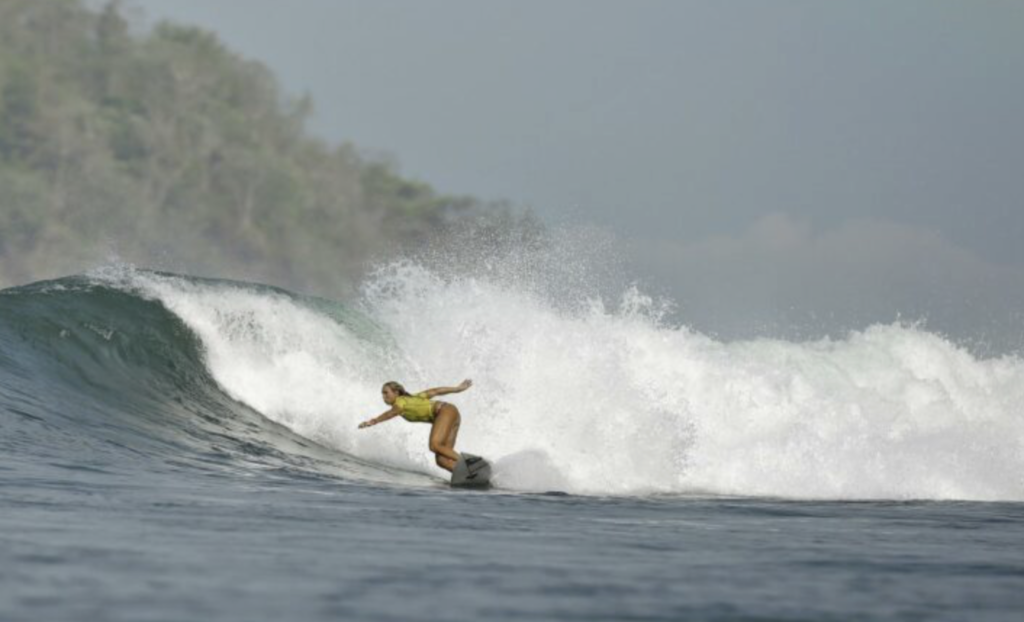
World-class waves and the high-quality surfing they enable are proving to be major money makers for business people in Panama’s tourism sector.
Authorities in that Central American country are well aware of the situation and have been doing their utmost to promote that sport further with three big competitions on its coasts over a span of less than a year.
The recent 2023 Pan American Surfing Games (PASA Games 2023) in Panama’s Pacific region generated more than $2 million in tourism earnings, while yet another championship will be held next month in the country’s Caribbean region.
Held in Santa Catalina, a remote Pacific town filled with unpaved roads, the PASA Games in late April drew 400 surfers from 19 countries and was an economic bonanza for the local population.
The Panama Tourism Authority (ATP) said in a statement that event brought more than $2 million in revenue to that town and filled up its hotels to 100 percent capacity.
And the hope is it will see further benefits over the long term.
“It’s the positioning (the destination achieves) from the thousands of people who, thanks to these types of events, learn about the quality of Santa Catalina’s waves,” the ATP’s general administrator, Ivan Eskildsen, told Efe.
But beyond the direct revenues generated by that competition, the Panama Tourism Authority told Efe that the global impact is even greater, since the PASA Games were watched by around 36 million fans via “streaming” and television re-broadcasts in Panama, Canada, the United States and Spain.
The 2022 PASA Games also were held in Panama’s Pacific region – at Playa Venao, a beach located at the southeastern tip of the Azuero Peninsula in Los Santos province – last August.
Next up in July of this year, the western Caribbean province of Bocas del Toro will host an international surfing competition – known as the “Caribbean Open Master Edition” – that will wrap up a trilogy of surfing competitions in Panama.
That country’s government has invested around $800,000 in promoting those three events, Eskildsen said.
He also said Panama has developed a master plan for promoting sustainable tourism, with surfing leading the way as the country’s premier adventure tourism option.
“Surfing has been identified as something that’s an attractive draw for destinations as part of that adventure tourism, because generally people seek out the beach,” he added.
Peru’s Karin Sierralta, president of the Pan American Surf Association, traveled to Santa Catalina for April’s competition, a 10-day event in which high-level athletes – some of them world champions – gathered on the beaches of that Pacific town.
“Each of them arrives and starts sharing content on social media, and that” gives greater publicity to the tourist destination, he said, adding that the indirect earnings from the event could surpass $6 million.
And the tangible, direct benefit also is not insignificant.
For example, he added that each surfer may have invested between $1,500 and $2,000 during the week.
“Just in transporting our surfboards, not counting expenditures on lodging, food, internal transportation and hydration, we spend $300.”
The tourism market in Santa Catalina is largely dependent on surfing, especially on Coiba Island, a UNESCO World Heritage site that is located 45 minutes by boat.